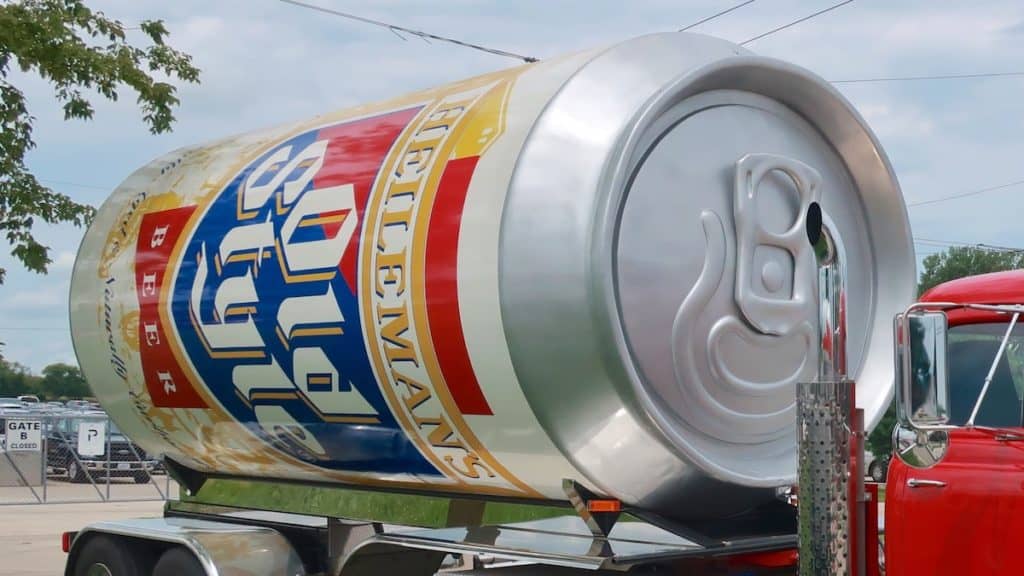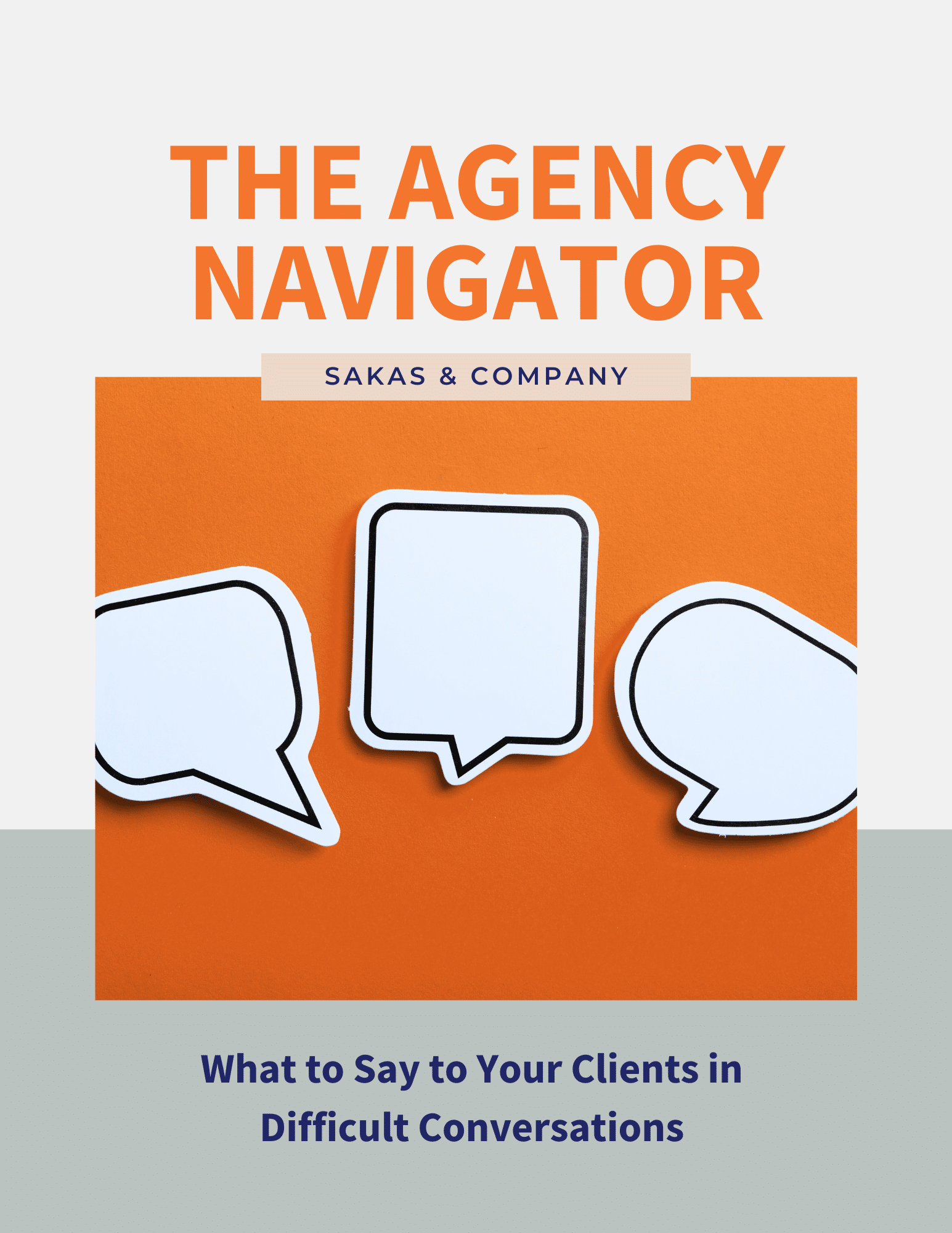“How does a [B2B] company find out exactly what end users do with its products? … [T]he people who buy from us are not the same people who actually use our products in their daily work.” (Harvard Business Review)
Do any of your agency’s clients reach customers via channel partners? That can be a great way for your clients to grow, but channel distribution adds complexity to your clients’ customer relationships.
Understanding this “channel gap” complexity helps your agency provide greater value to your clients—and create upsell and client retention opportunities for you.
Let’s explore some of those implications, including example industries that use channel partners. My goal is to get you to think about how you can better serve your clients and their end-customers.
When Your Clients Have Channel Partners
Reaching customers through channel partners can your clients grow beyond their capacity for direct sales, but it creates a significant gap between your client and their end-customers, because the channel partners are now the intermediary “buyer.”
Because there’s greater distance between your clients and their end-customers, there’s a risk that they don’t fully meet the customers’ needs—or that your agency’s marketing doesn’t fully resonate. I have clients who refuse to work in industries that rely on channel partners, because of the information gap between the agency’s clients and the clients’ end-customers.
Your agency may be a channel partner itself for a technology provider. My clients include partners for HubSpot, Infusionsoft, Pardot, Salesforce, SharpSpring, and others. The technology provider benefits from your agency doing sales and service, while the provider shares revenue with you as a referral commission.
This “channel partner gap” issue applies to many client-vertical industries where the buyer isn’t the end-user. Let’s take a look at a few of those, and then explore how your agency can capitalize on this.
Example 1: Financial Services
Earlier in my career, I worked at a social impact mutual fund. At the time, we had approximately 35,000 accounts. However, many of those were “custodial” accounts—they looked like a single account to us, but we knew they contained hundreds or thousands of sub-accounts that were managed by the intermediary (e.g., a retirement plan or an endowment).
The intermediary (a 401K plan, for instance) handled day-to-day client service for end-clients. We didn’t know the identity of all of the end-clients (our intermediaries did, due to anti-money laundering requirements, but they wouldn’t share that information with us).
Our marketing department did user research on direct end-clients (and “lost” prospects, too). We used it as a proxy for understanding what every end-client wanted, but this was definitely a segmentation gap—I suspect that indirect end-clients (who invested via the intermediary channel partners) were less engaged than the direct end-clients who were used to hearing directly from us.
Example 2: Live Theater & Music Shows
When a musician or other performer performs, they rarely know who’s the audience, because audience members typically purchase tickets via a services provider like Ticketmaster. The ticketing firms generally don’t share customer information, because they want to capitalize on the information themselves.
This creates a problem—how can the performer keep in touch with their fans, without having to go through the intermediary every time? After all, the intermediary wants to capitalize on the end-customer information themselves.
One solution is for the performer to encourage audience members to sign up for an email marketing list, by offering something of value in exchange. For some fans, being “in the know” is value enough. I heard a more unique solution at an NSA Carolinas meeting earlier this year.
Humorist Jeanne Robertson described how she gets audience members’ contact info for direct marketing purposes. After breaking her femur, she found she couldn’t walk around on stage as she normally did. Her solution was to sit in a rocking chair on stage, a type of chair which fit her speaking persona (she was Miss North Carolina in 1963).
To get audience opt-ins, she offered a special giveaway during her show—audience members who opted-in would have a chance to win the very rocking chair she sat in while performing. It worked—Jeanne reported this technique would net her 1,000 email opt-ins per show.
Example 3: Whitelabel Marketing Services
I’m helping a client through this right now, as I advise them about changes to their team structure.
The digital agency has several hundred end-clients—but only a few dozen of those clients work directly with the agency. The rest work through several partner agencies on a “whitelabel” basis, where the partner presents itself as doing the work.
My client knows a lot about its end-clients (because it’s managing their PPC accounts), but the end-clients know nothing about my client (because the end-clients think their regular agency is doing all of the work).
As a result, my client must rely on its partner agencies to convey information about the end-clients’ satisfaction. Currently, I’m identifying the best way to restructure the teams. My initial hypothesis is the agency needs two different types of account managers—one type to work with direct clients and another type (perhaps a “partner manager”) to work with the channel partners.
Other Examples
There are plenty of other examples of this “channel partner gap,” including consumer products (where a manufacturer like Procter & Gamble goes through wholesalers and retailers to get products in the hands of end-customers) and alcoholic beverages (where manufacturers are often prohibited by law from self-distribution).
In some cases, there isn’t a channel partner but the buyer and end-user are still different parties. In higher education, the student is the end-user, but their parents or guardians are typically the “buyer.” This also happens in healthcare, where patients are the end-user but their health insurance company is the primary “buyer” because the insurer pays most of the bills (and defines in-network coverage, to drive patient decisions).
Capitalizing on the “Channel Gap”
Let’s look at challenges and opportunities for your agency!
Client challenges with channel partners
You’ll need to help clients overcome these challenges:
- Your clients don’t have direct contact with 100% of their end-customers.
- Your clients struggle to understand what their end-customers really want and need.
- Channel partners may not provide an accurate picture of end-customers’ satisfaction.
Opportunities with channel partners
Your agency can take advantage of these opportunities:
- You can create two sets of marketing materials—one designed to reach direct clients, one designed to work via channel partners.
- Your clients can leverage their knowledge of direct clients to better-support their channel partners… and you can help them organize this process.
- You can create non-threatening ways for channel-based end-customers to connect directly with your client, in ways where the channel partner doesn’t feel like you’re circumventing the relationship. (This is hard… but you like challenges, right?).
If you don’t have experience advising clients who work through channel partners, be careful about jumping in. It’s much more complex than helping clients who reach end-customers directly. Read my article on adding new services—and recruit an advisor who’s been there (and done that) before you dive in completely.
QUESTION: If your agency helps clients who use channel partners, how do you support your clients in connecting with their end-customers?
Image credit: Beer can trailer photo by H. Michael Miley
This article started via my MBA 560 (Marketing Management & Strategy) class at NC State University in Fall 2017.


